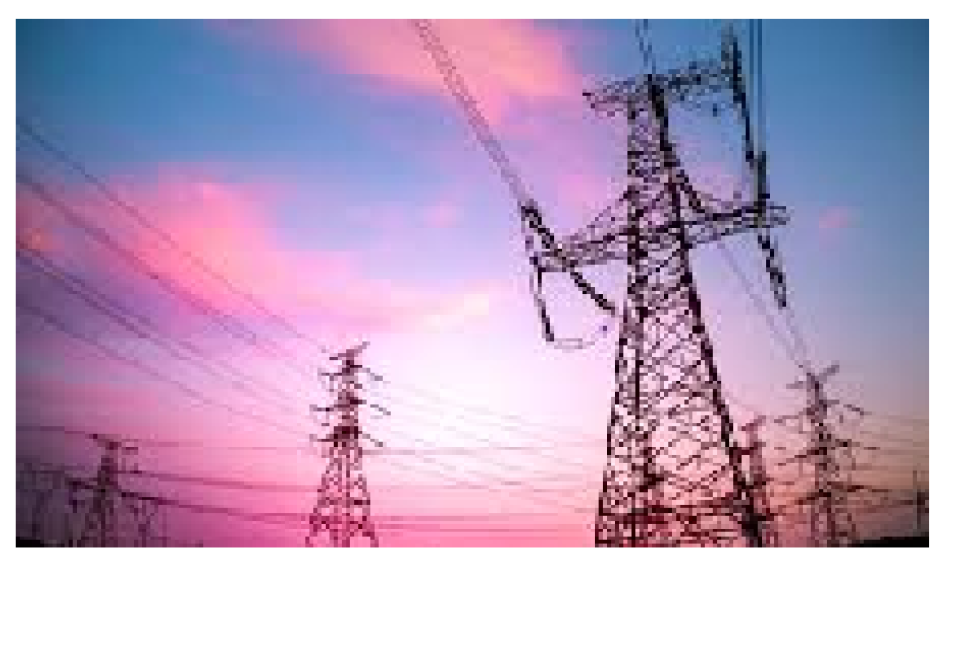The world’s demand for electricity is rising at its fastest rate in years, driven by robust economic growth, intense heatwaves and increasing uptake of technologies that run on electricity such as EVs and heat pumps, according to a new report by the IEA. Renewables at the same time are consistent in their rapid ascent, with solar PV on course to set new records.
Growth in demand in 2024 and 2025 is forecast to be among the highest levels in the past two decades, with solar PV alone expected to meet half of the increase, IEA’s latest report had shown.
Global electricity demand is forecast to grow by around 4% in 2024, up from 2.5% in 2023, according to IEA’s Electricity Mid-Year Update findings. This strong increase in consumption is expected to continue into 2025, with growth around 4%, report shows.
Renewable sources are expected to expand rapidly from now till next year, with their share of global electricity supply forecast to rise from 30% in 2023 to 35% in 2025. Amount of electricity to be generated by renewables worldwide in 2025 is forecast to eclipse the amount generated by coal for the first time. Solar PV alone is expected to meet roughly half of the growth in global electricity demand over 2024 and 2025.
The report further notes that despite the sharp increases in renewables, global power generation from coal is unlikely to decline this year due to the strong growth in demand, especially in China and India. Consequently, carbon dioxide (CO2) emissions from the global power sector will plateau, with a slight increase in 2024 followed by a decline in 2025. Meanwhile, the Chinese hydropower production was said to have recovered strongly in the first half of 2024 from its 2023 low. Stating that if this upward trend continues in the second half of the year, it could curb coal-fired power generation and result in a slight decline in global power sector emissions in 2024.
Demand for electricity in India is expected to surge by a massive 8% this year, driven by strong economic activity and powerful heatwaves. China is also set to see significant demand growth of more than 6%, consequent upon robust activity in the services industries and industrial sectors, including the manufacturing of clean energy technologies.
Electricity demand in the United States is forecast to rebound this year by 3% amid steady economic growth, rising demand for cooling and an expanding data centre sector. Contrastingly, the European Union is expected to see a more modest recovery in electricity demand, with growth forecast at 1.7%, following two consecutive years of contraction amid the impacts of the energy crisis.
In many parts of the world the report noted, increasing use of air-conditioning would remain a significant driver of electricity demand, with multiple regions facing intense heatwaves in the first half of 2024 thereby pushing up demand and while putting electricity systems under strain.
“It’s encouraging to see clean energy’s share of the electricity mix continuing to rise, but this needs to happen at a much faster rate to meet international energy and climate goals. At the same time, it’s crucial to expand and reinforce grids to provide citizens with secure and reliable electricity supply – and to implement higher energy efficiency standards to reduce the impacts of increased cooling demand on power systems.” says Keisuke Sadamori, IEA Director of Energy Markets and Security.
Again, with the rise of artificial intelligence (AI), the electricity demand of data centres is drawing increased attention, underscoring the need for more reliable data and better stocktaking measures, the report noted.
As a precautionary measure, the IEA says it’s launching a major new initiative: Energy for AI & AI for Energy, adding however that it will consult extensively and across a wider spectrum which will include governments, industry, researchers and civil society experts in order to consolidate on the initiative.

